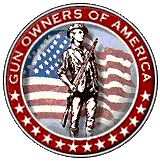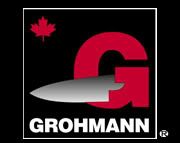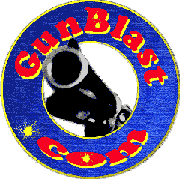In 1935 the U.S. Navy placed an order with the Grumman Aircraft Engineering Corporation, then of Farmingdale, for the design and construction of a new fighter, the F3F. Based on earlier Grumman biplane designs, the F3F was faster and more maneuverable than any Navy fighter to date. By 1937, due to the slow development of the early monoplane fighters, the Navy ordered more F3Fs, this time an improved model, the F3F-2. The F3F-2 was strong, fast, maneuverable, and was considered a wonderful aircraft to fly. Its pilots considered it the ultimate biplane fighter; in fact it was the last biplane fighter produced in the United States. With its silver fuselage, yellow wings, and red, white, and blue markings, it was among the most colorful military aircraft ever built, but it heralded the end of an era.
By 1939 all U.S. Navy and Marine fighter squadrons flew Grumman biplane fighters exclusively. Of the 164 F3Fs built, 140 were still in service, as trainers in United States, at the time of the U.S. entry into World War II in December, 1941. Today the F3F is an extremely rare aircraft, with but two original surviving examples.
General characteristics
Crew: 1 pilot
Length: 23 ft 2 in (7.06 m)
Wingspan: 32 ft 0 in (9.75 m)
Height: 9 ft 4 in (2.84 m)
Wing area: 260 ft² (24.15 m²)
Empty weight: 3,285 lb (1,490 kg)
Max takeoff weight: 4,795 lb (2,175 kg)
Powerplant: 1× Wright R-1820-22 "Cyclone" 9-cylinder radial engine, 950 hp (710 kW)
Performance
Maximum speed: 229 knots, 264 mph (425 km/h) at 15,250 ft (4,658 m)
Cruise speed: 150 mph (130 knots, 240 km/h)
Range: 980 mi (850 nm, 1,600 km)
Service ceiling: 33,200 ft (10,120 m)
Rate of climb: 2,800 ft/min (14 m/s) at sea level
Armament
Guns:
1× 0.30 in (7.62 mm) M2 machine gun, 500 rounds (left)
1× 0.50 in (12.7 mm) M2 machine gun, 200 rounds (right)
Bombs: 2× 116 lb (52.6 kg) Mk IV bombs, one under each wing
I never learned to fly but Dad did. However, his flying career was ended on his first solo flight when a nasty cross-wind flipped the plane onto its back just before he touched down to complete the flight. He walked away and swore he was through with flying. He was flying at the trap and skeet range near Cooperstown, New York. I think this was at the Hartwick Gun Club but I'm not certain.























No comments:
Post a Comment